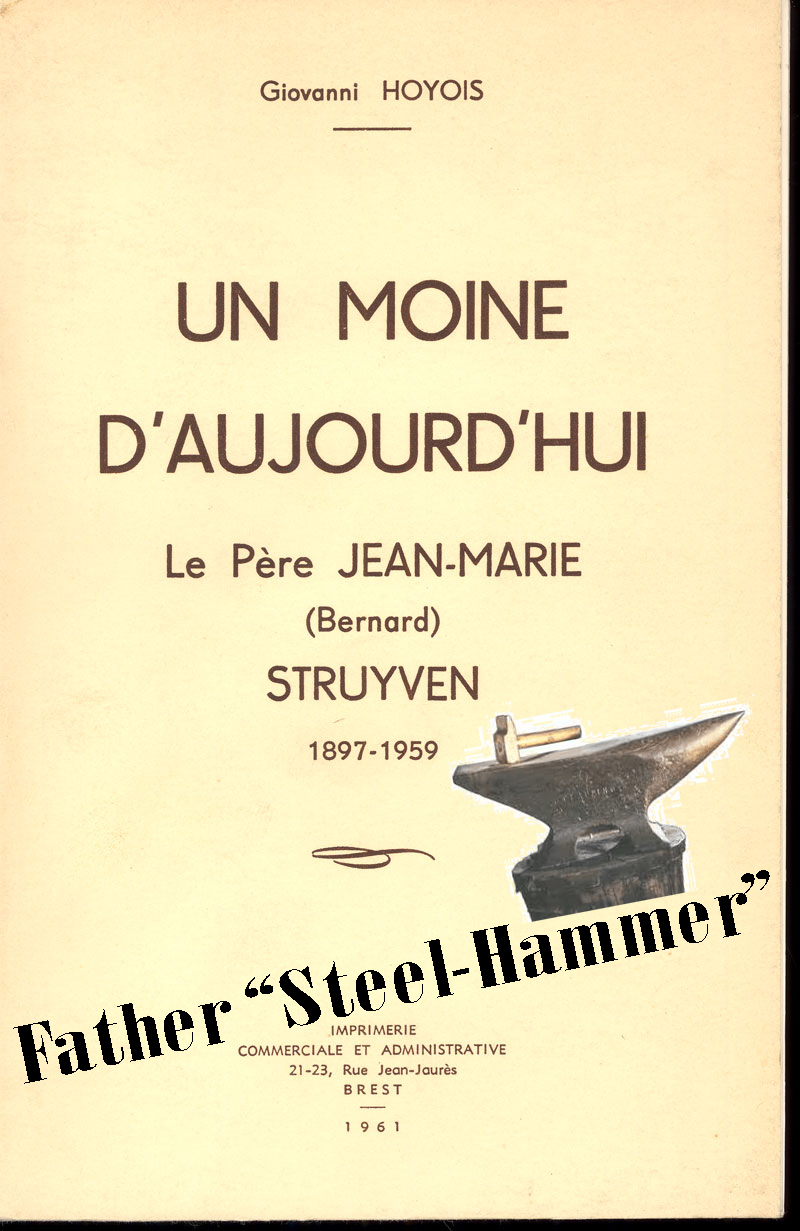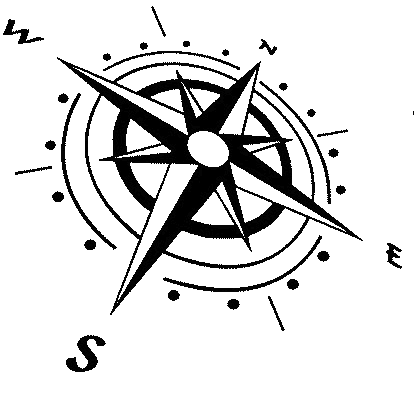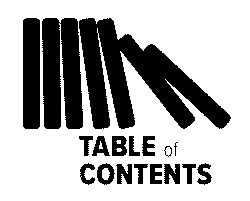
- by Jean-Marie Struyven
alias: Father Steel-Hammer
alias: Father Steel-Hammer
The Storm Breaks

Father Bernard was happy to return to monastic life which meant so much to him. Alas, new difficulties were waiting for him. In September 1939 war was declared in Europe . Soon it would engulf the world. Japan hurried to take the side of the Axis powers of Berlin and Rome, and life was made difficult for citizens of countries belonging to the other side. For security reasons, the Japanese detained them .It was on the feast of St. Joseph, that is the nineteenth of March that the Japanese began hoarding foreigners together in one place. Father was arrested on the 21st of March 1943 and sent to the concentration camp in Weihsien, three hundred miles southwest of Peking in the province of Shan-tung.
The camp was established three kilometres from the town on the site or a large Protestant Mission built by the Americans. It consisted of a hospital and a school 1800 enemy nationals were assembled there: English, Americans, Canadians, Dutch, Belgians but no French, because their nation had already come to terms with the Axis Powers.
Among them were four hundred missionaries, both nuns and priests, and seven Bishops.
Father Bernard had the good fortune to meet up with a classmate of his who had attended the Institute of Saint Marie. They became fast friends again. Carlo von Melckebeke who was now a missionary bishop recalled this meeting in an article: he wrote later. ‘ In the midst of a group of priests, I picked out a large man with a stoop. He was smiling and had a twinkle in his eyes he was in Chinese attire and had a colonial-style hat (a topi or pith helmet perhaps?) Hello there Bernard! Hello there Carlo! came the reply.’(November 1948)
Camp discipline was quite good. The Japanese maintained external security and the inmates organised internal discipline. Different areas of community living were identified, such as discipline, recreation, culture, and religion. A leader was selected for each. The appointment was for a six-month term.
Father Bernard managed the repair shop. As an engineer he was able to turn his hand to many things: he was smithy, welder and mechanic. His co-worker was an Anglican bishop, a jovial man who handled woodworking projects. Together they worked in a small building along the outer wall of the camp.
In an article Msgr van Melkebeke writes: ‘ Father Bernard in Chinese pants and an old jacket was master of the forge. He used it to transform tin cans into saucepans and kettles in a matter of days. He repaired taps in the shower house and mended spades for gardeners. Other friends of his in Weihsien spoke of his gentleness, his goodness and his kindness. He tried to reconcile the Cistercian life of prayer with the ordinary life of a prisoner. The early rising was particularly difficult to achieve without disturbing others. He was a large man and the meagre diet was a test for him. However, his friends found ways of supplementing his diet. The lack of food did not prevent him from expending energy. For instance, one day he broke the anvil. From that time on, he was known as Father Steel-hammer.’
The Catholic priests showed great sympathy for their fellow inmates. They looked for ways to serve the community. They sifted through rubbish dumps and found articles which might be useful. They also proved to be adroit black marketeers in the trade that was carried on over the wall with the Chinese peasants. Their intention was to obtain necessary items for the most needy; that is for the sick, for mothers, and for children. All the time they were in the camp, morale was high and good humour prevailed. This part of their detention did not last long.
#
[further reading]http://www.weihsien-paintings.org/JMStruyven/ThememoirsofFatherBernardStuyven.htm
#








